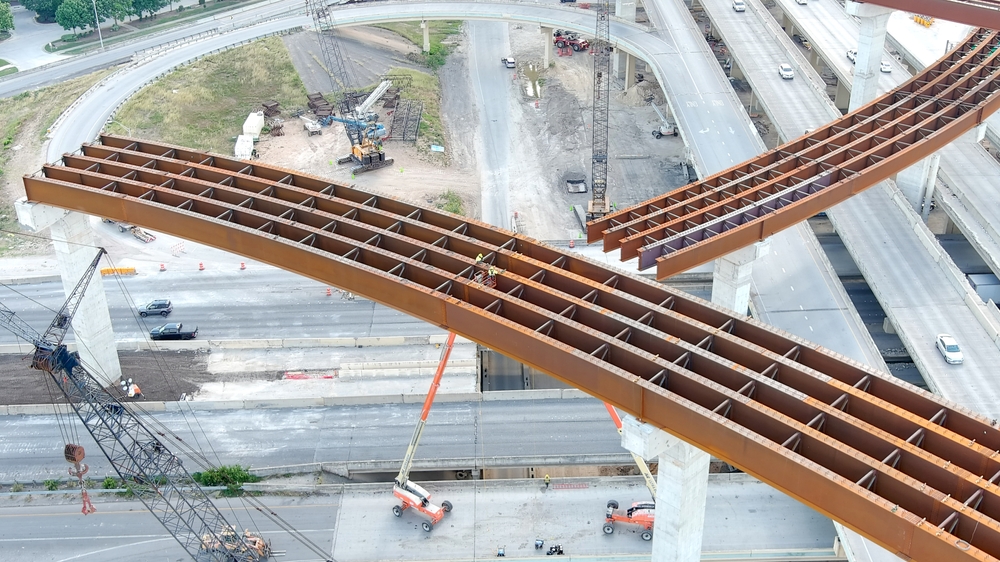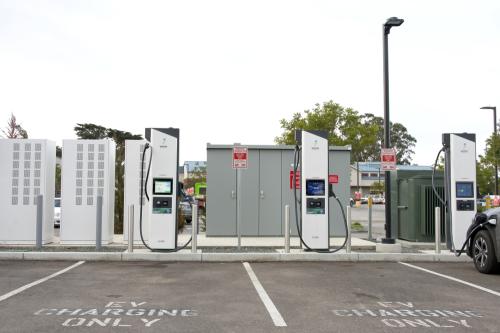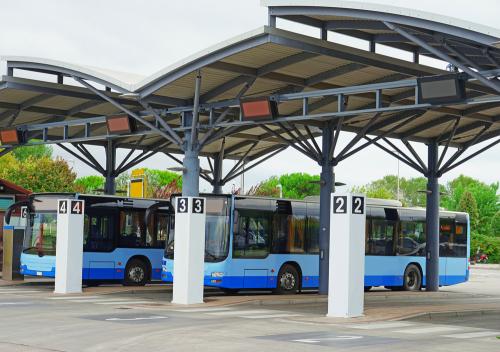This paper was produced under a joint AEI-Brookings project.
Relative to other developed countries, the construction of transportation infrastructure in the United States is extraordinarily time-consuming and expensive. A number of factors drive these costs, ranging from a lack of state capacity to excessive environmental, labor, and protectionist regulations to poor planning and a lack of accountability among state and local political leaders. Without effective reform, the cost of building roads, trains, and bridges in the United States will only continue to grow. But it has been impossible to enact reforms due to interest group opposition and skepticism about funding government expertise.
This paper proposes a framework—the “Priority List”— for how Congress can improve the efficiency of infrastructure construction in the United States. The Priority List would be a short list of nationally important and publicly popular infrastructure projects. The core of the idea is that Congress might be willing to pass needed reforms to get these very popular projects built, even if political roadblocks stand in the way of adopting reforms more broadly.
In constructing this list, the Secretary of Transportation would first identify a set of early-stage, high-profile infrastructure projects. Congress would then vote on the Secretary’s list as a “closed rule,” meaning that they vote up-or-down on the entire Priority List as opposed to voting on each project individually. The desire to get these high-profile projects built would be the sweetener needed to get Congress to swallow the political difficulty of passing reforms.
Infrastructure projects on the Priority List would benefit from three forms of support. First, to overcome the relative inexperience of state and local governments and improve oversight of big contractors, the federal government would hire and deploy a crack team of expert transportation planners to aid the state and local governments in charge of these crucial projects.
Second, to lower the cost of municipal debt used to finance these infrastructure projects, projects on the Priority List would be allowed to issue Build America Bonds. The interest on conventional municipal bonds is tax-exempt, which reduces the cost of borrowing for the state and local issuer. The interest on Build America Bonds is taxable, but state and local governments that issue them receive a cash transfer from the federal government. Unlike tax-exempt municipal bonds, Build American Bonds will appeal to a broader set of investors—particularly foreign and other investors who don’t pay income taxes—and thus provide a greater subsidy.
Finally, to minimize costs, delays, and litigation resulting from federal regulations, projects on the Priority List would be exempt from some environmental, protectionist, and labor laws. On a project-by-project basis, Congress might approve changes such as limiting environmental litigation, relaxing requirements to purchase materials from domestic manufacturers, and lowering required wages for workers. This would expedite production and dramatically reduce input costs for these big-ticket infrastructure projects.
There exists precedent for such infrastructure reform, both domestically and internationally. The Infrastructure Investment and Jobs Act of 2021, for example, created a grant program specifically for funding systemically important infrastructure projects. Australia, Britain, Canada, and New Zealand all have institutions dedicated to creating a pipeline of high-priority projects.
Perhaps more importantly, by linking reforms to popular projects, the Priority List would help address the political challenges that have stood in the way of addressing the cost problem. The goal of the Priority List is not only to fast track the construction of important infrastructure projects, but also to catalyze wider infrastructure reform by creating a legislative mechanism that would help create to examples of how reforms work in practice.
The Priority List could get Congress—and the country—building again.
The Brookings Institution is committed to quality, independence, and impact.
We are supported by a diverse array of funders. In line with our values and policies, each Brookings publication represents the sole views of its author(s).








